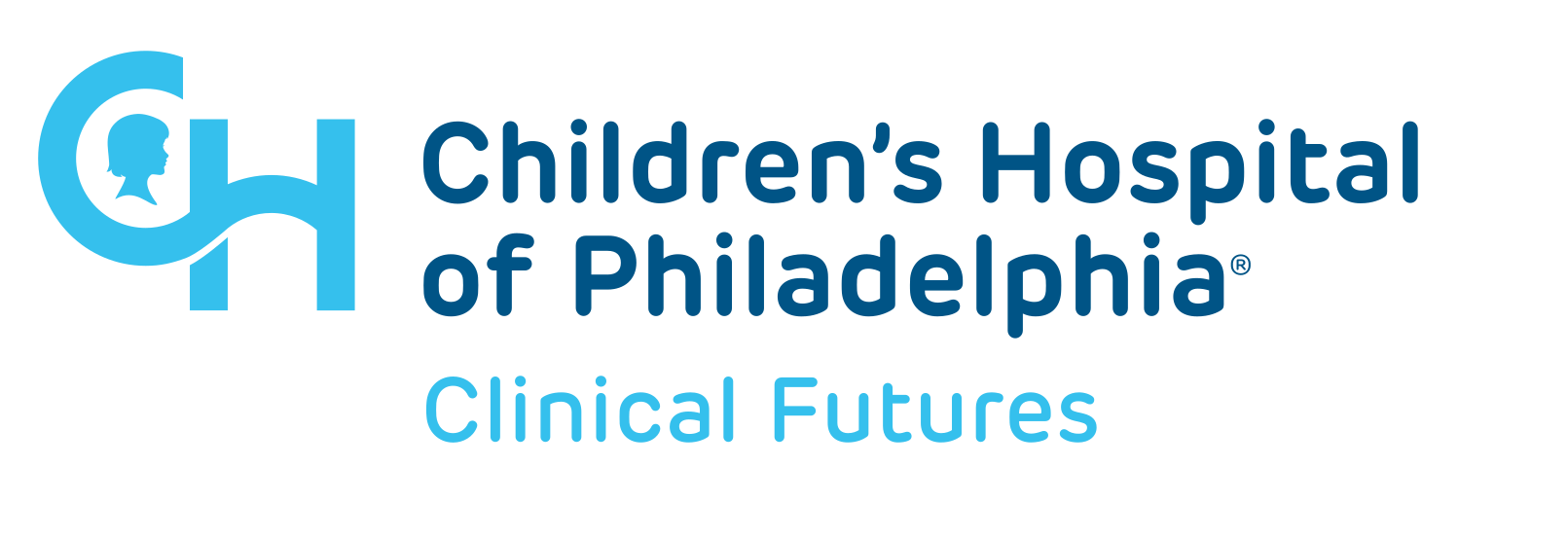Research In Practice Blog
Breadcrumb

Late Antibiotic Use Among Preterm Infants Admitted to the Neonatal Intensive Care Unit
Antibiotic administration for suspected late-onset infection is common among preterm infants, but most are ultimately found to be uninfected. Antibiotic stewardship efforts are limited by the lack of large-scale data describing contemporary patterns of late antibiotic use among this population.
While considerable attention has been given to neonatal antibiotic stewardship to mitigate the risk of early-onset sepsis, stewardship for late antibiotic use is hindered by the lack of consensus recommendations to guide empiric antibiotic selection, partly due to the low quality of evidence and to variation in center- and patient-specific factors. Recent national surveys of empiric antibiotic prescribing practices in Canada, Germany, Australia, and New Zealand identified substantial variation in empiric antimicrobial selection for suspected LOS, including frequent use of “reserve” antibiotics, such as vancomycin and carbapenems.
Optimizing neonatal antibiotic administration requires an understanding of current national practice, but no large-scale data describing late antibiotic use are currently available from United States NICUs. Researchers thus aimed to describe contemporary antibiotic use patterns in a large sample of preterm infants beyond 3 days of age, using a nationally representative dataset.
Video Abstract
Study Design and Findings:
This retrospective cross-sectional cohort study utilized data from the Premier Health Database, which includes a diverse group of hospitals across the United States. The study received funding from the Agency for Healthcare Research and Quality, and access to the database was provided through CHOP.
The inclusion criteria for the study were as follows: infants born between 2009 and2023 with a gestational age at birth of 34 completed weeks or less; admitted to a NICU at the same facility where they were born; and the availability of pharmacy charge data.
Among the 420,687 eligible infants admitted to 699 centers over a period of 15 years, 65,398 infants (15.5%) received late antibiotics. A total of 1,020 unique late antibiotic regimens were identified, with the most common regimens being vancomycin and gentamicin (19.2%) and ampicillin and gentamicin (12.0%).
“We found huge variations in antibiotic selection and usage, with over 1,000 unique antibiotic regimens identified in the study. Three-quarters of these regimens were administered to fewer than 10 infants each, highlighting the need for guidance to support antibiotic selection. This would help increase efficiency in rational drug choices, while minimizing unnecessary exposures to broader-spectrum agents,” said Sarah A. Coggins, MD, MSCE, lead study author and a Core Faculty member in Clinical Futures. Sarah Coggins, MD, MSCE.
Another notable observation is that infants born between 22 and 28 weeks of gestation comprised only 15% of the study cohort. However, more than half of these infants received late antibiotics, indicating a concentrated use of antibiotics within this high-risk group and a population in particular need for antibiotic selection guidance.
What’s Next? Informing Future Clinical Practice Guidelines
“We observed significant variability in the selection and use of empiric late antibiotics, which occurred most frequently among the infants born most prematurely.” said Sarah Coggins, MD, MSCE.
This study’s findings suggest the need for developing clinical decision tools tailored to specific circumstances and individual infant data. Such tools will help clinicians select rational antibiotic regimens that balance breadth to cover the most common NICU pathogens, while limiting unnecessarily broad antibiotic exposures.
Additional information and related work:
